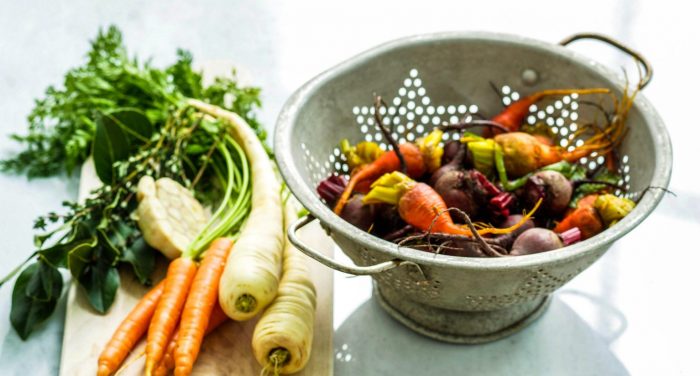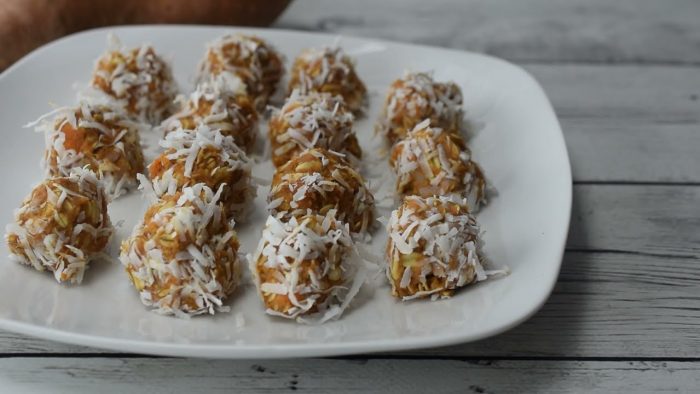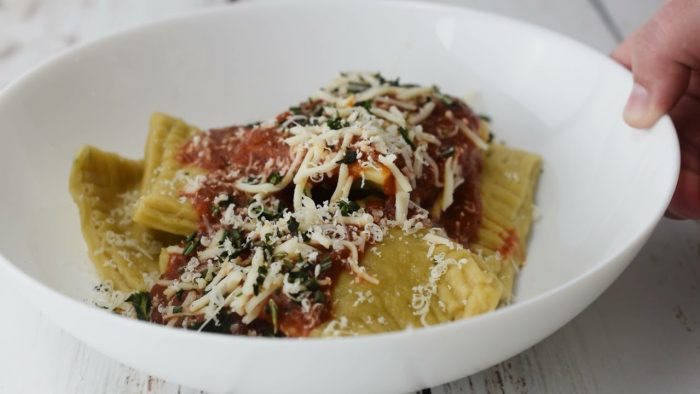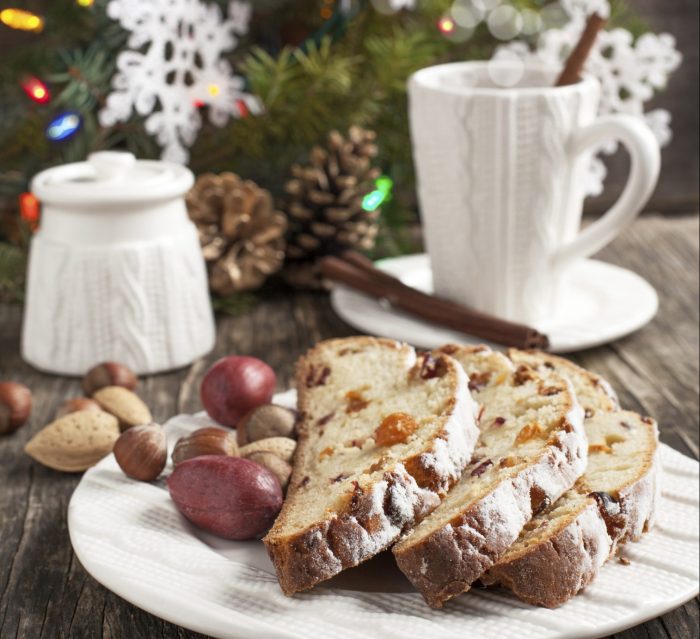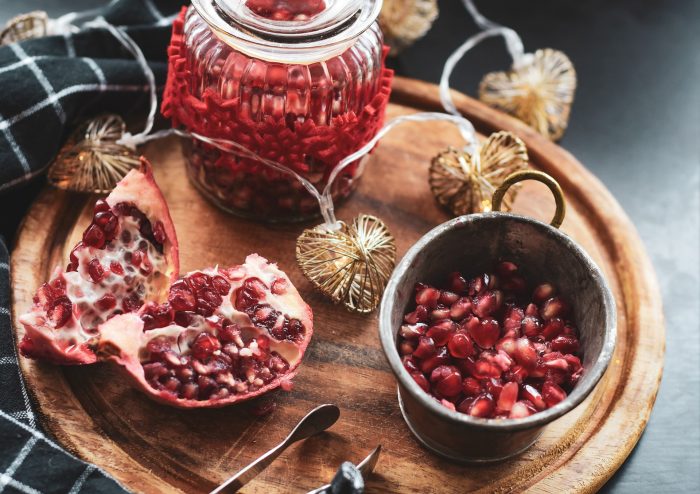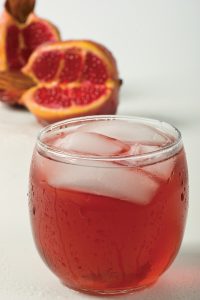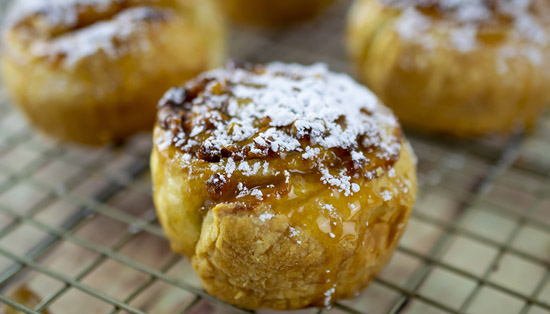By Bob Lipinski

As a professional taster, I evaluate hundreds of alcoholic beverages (mostly wines) each month for articles I write. Most of these wines are good, some very good, and others outstanding. Unfortunately, a few wines rate “not very good,” and they are not included in my articles.
I have been writing for over 40 years and prefer to talk about the beverage rather than assign it an arbitrary number rating, so here are my picks!
2020 M.A.N. Family Wines, Chenin Blanc “Coastal Region,” South Africa. No, it’s not a sexist name! The wine is named after the first initials of the three owners’ wives—Marie, Anette, and Nicky! I love the smell and taste of red apples and that’s what you get in each mouthful of this delicious wine along with tropical fruit and melon. Bold citrus flavors balance the high fruit and keep you wanting another glass. I enjoyed this wine with curried chicken in a sweet and sour sauce.
2019 Kato Sauvignon Blanc, Marlborough, New Zealand. An aroma and flavor of melon, passion fruit, herbs, and citrus with hints of green pea, dill, and tangerine. Serve with a salad of Romaine lettuce topped with plenty of goat cheese.
2018 Garofoli Farnio, “Rosso Piceno,” Marches, Italy. (Blend of Montepulciano and Sangiovese grapes). Ruby-red with a bouquet and flavor of black cherry, licorice, plums, spices, and jam. The wine begs for a dish of pasta in a spicy tomato sauce.
2018 Tyrrell’s “Hunter Valley” Shiraz, New South Wales, Australia. Plenty of dark fruit… blackberries and black currants; dried plums, black pepper, and spice. I love a good Shiraz paired with veal chops rubbed with rosemary.
2016 Don Manuel Villafañe Malbec, Mendoza, Argentina. Bright ruby color with a bouquet and flavor of spicy cherry, brown baking spices, and leather. A dry-rubbed ribeye steak cooked medium rare says it all!
2004 Florio “Terre Arse” Marsala Vergine Riserva “Secco,” Sicily, Italy. Made from Grillo grapes, this beauty was aged for over ten years in ancient oak barrels. Amber-colored with an intense bouquet and flavor of dried figs, apricot jam, caramel, toasted coconut, and raisins. There are hints of smoked wood and hazelnuts in the finish and aftertaste. I enjoyed the wine with a wedge of Pecorino Siciliano and ricotta salata cheese, with slices of cantaloupe melon.
2021 Georges Duboeuf “Beaujolais Nouveau,” France. (Made from Gamay grapes). Candy-apple red; intensely fruity aroma and flavor of raspberries, bubblegum, red candy, cherries, and watermelon. A grilled cheeseburger with onions and fries were my choices.
 Bob Lipinski is the author of 10 books, including “101: Everything You Need To Know About Whiskey” and “Italian Wine & Cheese Made Simple” (available on Amazon.com). He consults and conducts training seminars on Wine, Spirits, and Food and is available for speaking engagements. He can be reached at www.boblipinski.com OR [email protected].
Bob Lipinski is the author of 10 books, including “101: Everything You Need To Know About Whiskey” and “Italian Wine & Cheese Made Simple” (available on Amazon.com). He consults and conducts training seminars on Wine, Spirits, and Food and is available for speaking engagements. He can be reached at www.boblipinski.com OR [email protected].


